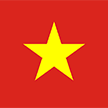Pi Network price
in USDCheck your spelling or try another.


About Pi Network
Pi Network’s price performance
Pi Network in the news

Robinhood has officially listed Hedera (HBAR), the native token of the Hedera Hashgraph network, on...

July 24, 2025 – Geneva, Switzerland – TRON DAO, a community-governed DAO dedicated to accelerating...

The new proposal, SIMD-0286, suggests raising the per-block compute limit from 60 million to 100 million compute units.

Tether has expanded its collaboration with INHOPE, the global network of hotlines dedicated to combating...

PayPal's cryptocurrency terms listed the network as a supported chain for its Paxos-issued stablecoin, despite any deal not being officially announced.

The team behind the network shared that the initial distribution will occur over the next 30 days.
Pi Network on socials


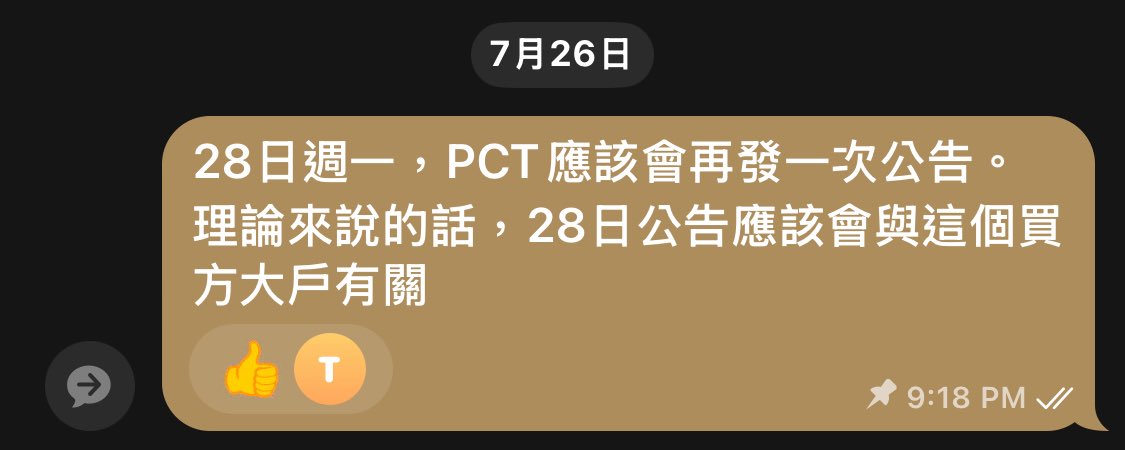
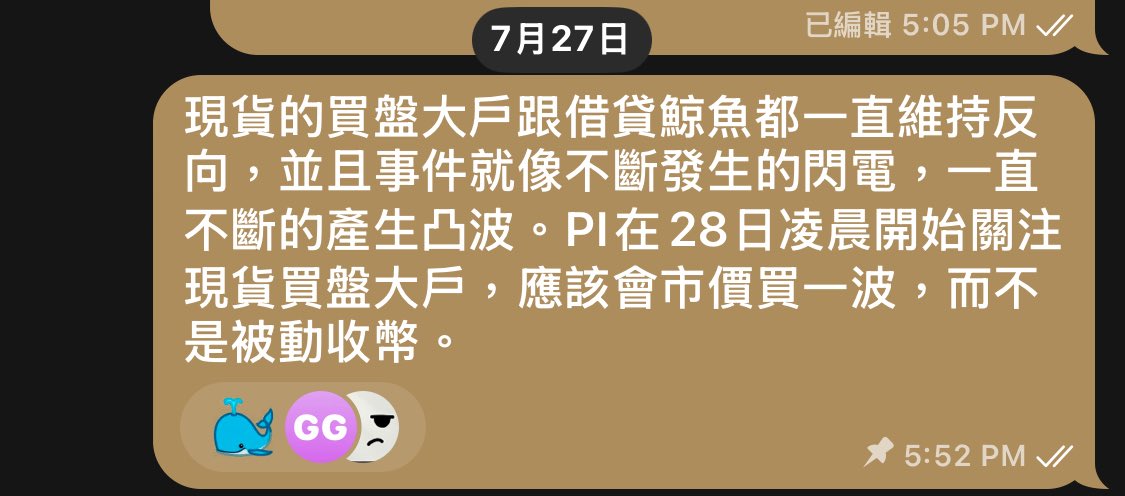
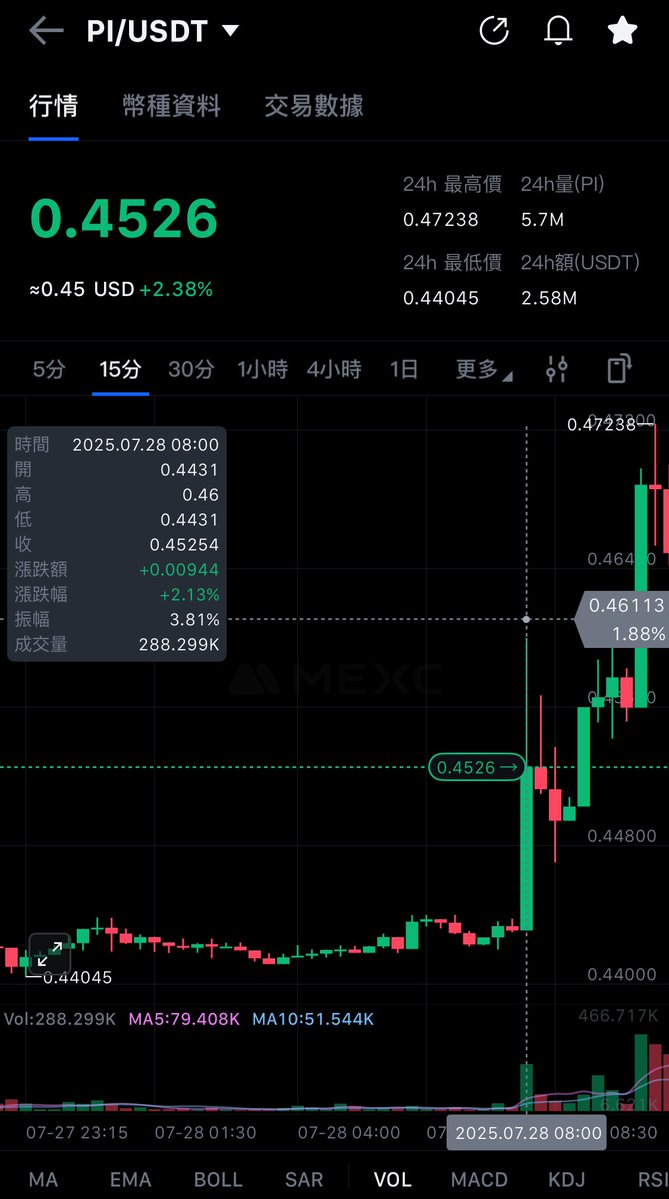

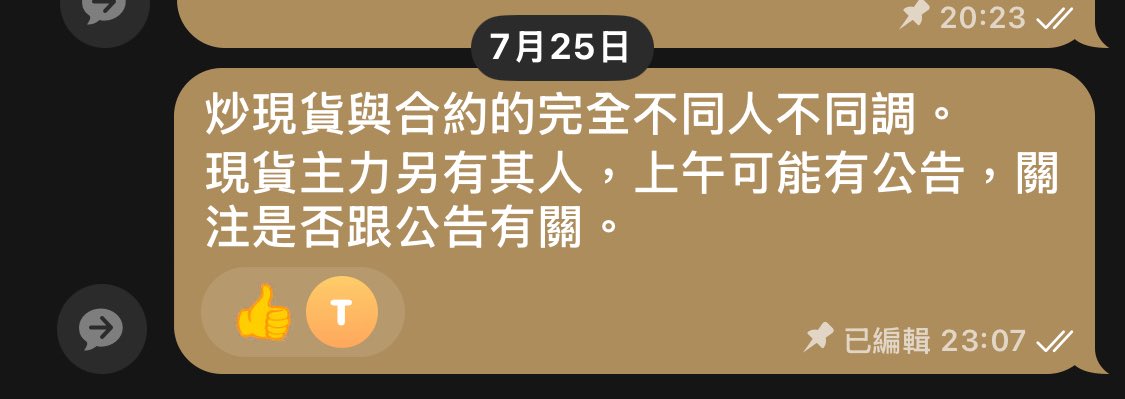
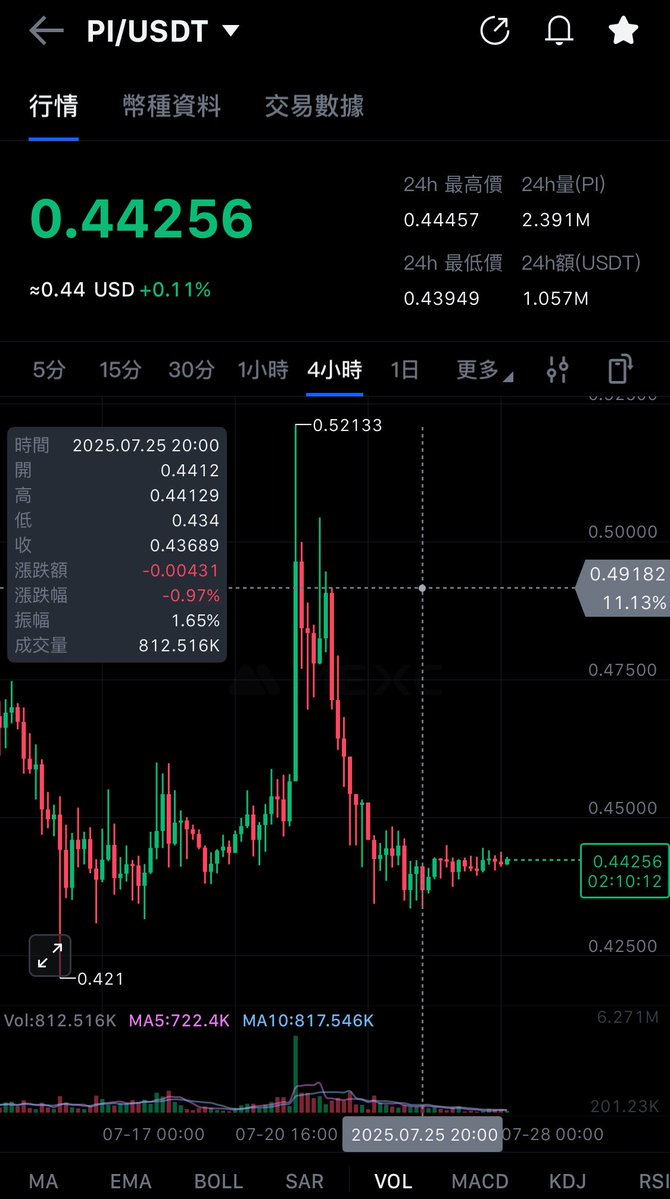




Guides

Pi Network FAQ
Dive deeper into Pi Network
Pi Network (PI) Price & Value Today
The Pi Network cryptocurrency (commonly known as Pi coin or Pi crypto) is one of the most anticipated digital currencies. Global interest in Pi coin price and the overall value of Pi continues to grow.
As adoption increases, so does the public's curiosity around: Pi coin value, Pi price today, Value of Pi today, Pi rate. On OKX, you can track the Pi network price in dollar or simply check the latest Pi cryptocurrency updates.
Key Takeaways
- Pi Network is the pioneer of mining apps. The team, as early as 2019, allows users to use smartphones to mine, just click once a day to get PI coins. They have become one of the most popular money games in the world.
- Pi by itself is used by people around the world to facilitate their local business transactions. There are many stores accepting Pi as a payment for goods and services, while people can use Pi to buy such goods and services.
- In addition to app-level utility, Pi also has platform-level utility, namely converting Pi’s collective resources, such as attention of the whole network and the collective CPU of the computer nodes, into utility of Pi.
About Pi
PI is the native currency of the Pi Network. Pi Network is a smartphone app-based platform for mining crypto. The platform aims to lower the barrier to crypto adoption by allowing individuals to mine directly from their device, rather than using conventional mining hardware.
The project also has wider utility beyond mining. It aims to scale trust across the web through its Stellar Consensus Protocol (SCP) and the introduction of security circles — small trusted groups of users called "Pioneers" — in the ecosystem. Users can also make transactions across the network, while a social media channel embedded in the app aims to democratize the influence seen on traditional social platforms and create an attention marketplace.
How does the Pi Network work?
The SCP and Federated Byzantine Agreement (FBA) algorithm underpin the network's consensus mechanism. This mechanism is fundamental to the network's mining method. The SCP uses FBA to validate updates made to the distributed ledger. The protocol is seen as an alternative to Proof of Work — used by Bitcoin — and is an attractive option because it has zero energy wastage.
The platform's mining mechanism is designed to incentivize users to contribute to the network through meritocracy and be rewarded in return.
Pi Network price and tokenomics
The total supply of PI is capped at 100 billion PI. Of this total, 80% will be distributed to the Pi community, with the remaining 20% assigned to Pi core team members. The core team's allocation can only be unlocked at the same rate as the community's allocation. So, if 30% of the community's allocation is in circulation, the core team can only unlock 30% of its supply. Meanwhile, the 80% community supply is further divided. Sixty five percent of the token supply is allocated to past and future user mining rewards, with 10% allocated to community organization and ecosystem development. Meanwhile, 5% is allocated to a project liquidity pool.
Local commerce utility
Pi by itself is used by people around the world to facilitate their local business transactions. There are many stores accepting Pi as a payment for goods and services, while people can use Pi to buy such goods and services.
During a local commerce social event in December 2023, people submitted over 21,000 participants with images of local businesses offering or willing to offer their goods and services in Pi.
App-level utilities
Pi has a developer platform that allows third-party developers to develop web apps in any computer languages integrating Pi SDK to interact with Pi blockchain. The platform also provides traffic for these Pi apps to bootstrap their usage and iterate their products. The Enclosed Network was designed to help the community create app-level utilities (Pi apps) that contain real use cases of Pi. Currently there are over 70 Pi-apps that integrate Pi as the only payment method and are on Mainnet or Mainnet ready. Pi Apps range from e-commerce and marketplaces to labor and intellectual property exchanges, from local commerce integration for payments to games and education, etc.
One example is their own KYC app where users use Pi to pay for their KYC verification provided by the labor of KYC human Validators in addition to AI, which, in turn, boost the utility of Pi tokens in the ecosystem. The KYC app is a scalable Pi-native solution that covers almost all geolocations where our users reside and without any fiat cost for the users to verify their identity before migrating to the Pi Mainnet as part of the requirement. Currently, over 15 million Pi users have submitted their documents and passed Pi KYC through this app.
Platform level utilities
In addition to app-level utility, Pi also has platform-level utility, namely converting Pi’s collective resources, such as attention of the whole network and the collective CPU of the computer nodes, into utility of Pi. The first instantiation of this type of utility is the Pi Ad Network that has been released and has onboarded a few Pi apps. In the Pi Ad Network, advertisers will need to acquire Pi from the market to pay for their ads on various Pi apps which will receive traffic from the Pi platform, and developers in PI ecosystem displaying ads from Pi Ad Network will be paid in Pi.
De-Fi apps after Open Network
Pi Blockchain, after Open Network, can support any type of typical crypto use cases, including DEX, NFTs, AMMs, and more. Such utility will only be possible after Open Network when external connectivity is possible.
About the Pi Network founders
Pi Network was founded by Chengdiao Fan, the project's Head of Product, and Nicolas Kokkalis, Head of Technology. Both Stanford PhD graduates, the pair set out to address key hurdles to crypto accessibility and adoption through the platform. The project was launched on March 14, 2019 — Pi Day, which commemorates the mathematical sign pi — and has grown to be a community of tens of millions of members.
How to Start Playing Pi Network
Embarking on your Pi journey is simple and intuitive. Here’s how to get started:
- Download the PI app from either the Apple Store or Play Store and create an account.
- Once your PI account is set up, you can start clicking the "Lightning" button on the right side of the screen to prove your daily attendance on the pi network platform. In addition, you can also use manual clicking to prove that you are a real person and not a robot.
- After clicking the lightning button, the system will automatically start mining to earn Pi coins, and then the system will display your current mining speed, mainly including the hourly output value of Pi coins; in addition, it will also tell you that after 24 hours, remember Come back and click the "Lightning" icon again to avoid mining interruptions
Converting and Withdrawing PI Coins
After you earn a certain number of PI coins, the next step is to exchange and withdraw them. Pi Network allows players to migrate Pi coins earned from the PI app to the mainnet
Mainnet Migration
You can click the Mainnet option in the PI app, follow the system prompts to perform KYC, download the PI Browser app, create a PI wallet, confirm your PI wallet, and set a locking commitment. In this way, the PI you earn can be migrated to the main network, so that your PI coins can be exchanged with other public blockchain tokens.
Selling Tokens on Exchanges
Once Pi coin are listed, they can be sold on supported cryptocurrency exchanges. The Pi network team aims to clean up bot accounts before the token listing to maintain ecosystem integrity. Understanding the token selling process beforehand can help Pioneer users take advantage of potential price pumps when Pi coin are listed.
Community Engagement and Social Media Presence
Pi Network has grown to over 60 million engaged users worldwide and 200,000+ computer nodes on Testnet (to be migrated to Mainnet after Open Network) collectively estimated to possess over 1 million CPUs. The growth of such a massive blockchain network is the basis for creating true utility of Pi as part of our strategy from the beginning.
Official Channels
Real-time updates and community engagement primarily occur through the official Twitter. Pi network also utilizes a YouTube channel for educational and promotional videos, ensuring that users stay informed and engaged. These official channels are crucial for keeping up with the latest developments and finding valuable tips and tricks.
Engaging with the Community
Through interactive Fireside content, where users can read new content, and multilingual chats, Pi network fosters community engagement, offering players multiple ways to interact. Users contribute to the app’s growth through feedback and community initiatives, making their participation crucial to the game’s ongoing development.
Engaging with the community not only enhances the gaming experience but also provides valuable insights and support.
Future Developments and Roadmap
The PI network plan will enter the main network open network stage after meeting the established conditions. There is no specific timetable, but according to current progress, market speculation will be by the end of 2024. By then, the $PI that has entered the PI main network will be freely exchangeable with tokens from other public blockchains.
Planned Features
Pi Network has a three phase roadmap.Phase III is split into two parts: Enclosed Network (current) and Open Network.
- Phase I: Beta
In December 2018, Pi publicly listed the mobile app on the major app stores as an alpha prototype that onboarded the initial Pioneers. On Pi Day, March 14, 2019, the original Pi Whitepaper was published, marking the official launch of Pi Network.
- Phase II: Testnet
This phase started on March 14, 2020, marking another critical preparation to the transition to a decentralized blockchain—a live Testnet with distributed nodes from all over the world. Pi Testnet, along with the accessible Node software, not only enabled the testing of blockchain but also initiated decentralized building efforts by the community to create utilities using Test-Pi.
- Phase III: Enclosed Mainnet
This period began in December 2021. The Enclosed Network period means that the Mainnet is live but with a firewall that prevents any unwanted external connectivity. Pioneers will be able to take time to KYC and migrate their Pi to the live Mainnet blockchain while the community builds apps and utilities on the Enclosed Mainnet for the network.
- Phase III: Open Mainnet
The Open Network period will begin depending on the maturity of the Enclosed Network ecosystem and the progress of the network’s KYC. Open Network means that the firewall in the Enclosed Network period will be removed, allowing any external connectivity, e.g., to other networks, wallets, and anyone who wants to connect to Pi Mainnet.
Disclaimer
OKX does not provide investment or asset recommendations. You should carefully consider whether trading or holding digital assets is suitable for you in light of your financial condition. Please consult your legal/tax/investment professional for questions about your specific circumstances. For further details, please refer to our Terms of Use and Risk Warning. By using the third-party website ("TPW"), you accept that any use of the TPW will be subject to and governed by the terms of the TPW. Unless expressly stated in writing, OKX and its affiliates (“OKX”) are not in any way associated with the owner or operator of the TPW. You agree that OKX is not responsible or liable for any loss, damage and any other consequences arising from your use of the TPW. Please be aware that using a TPW may result in a loss or diminution of your assets. Product may not be available in all jurisdictions.









